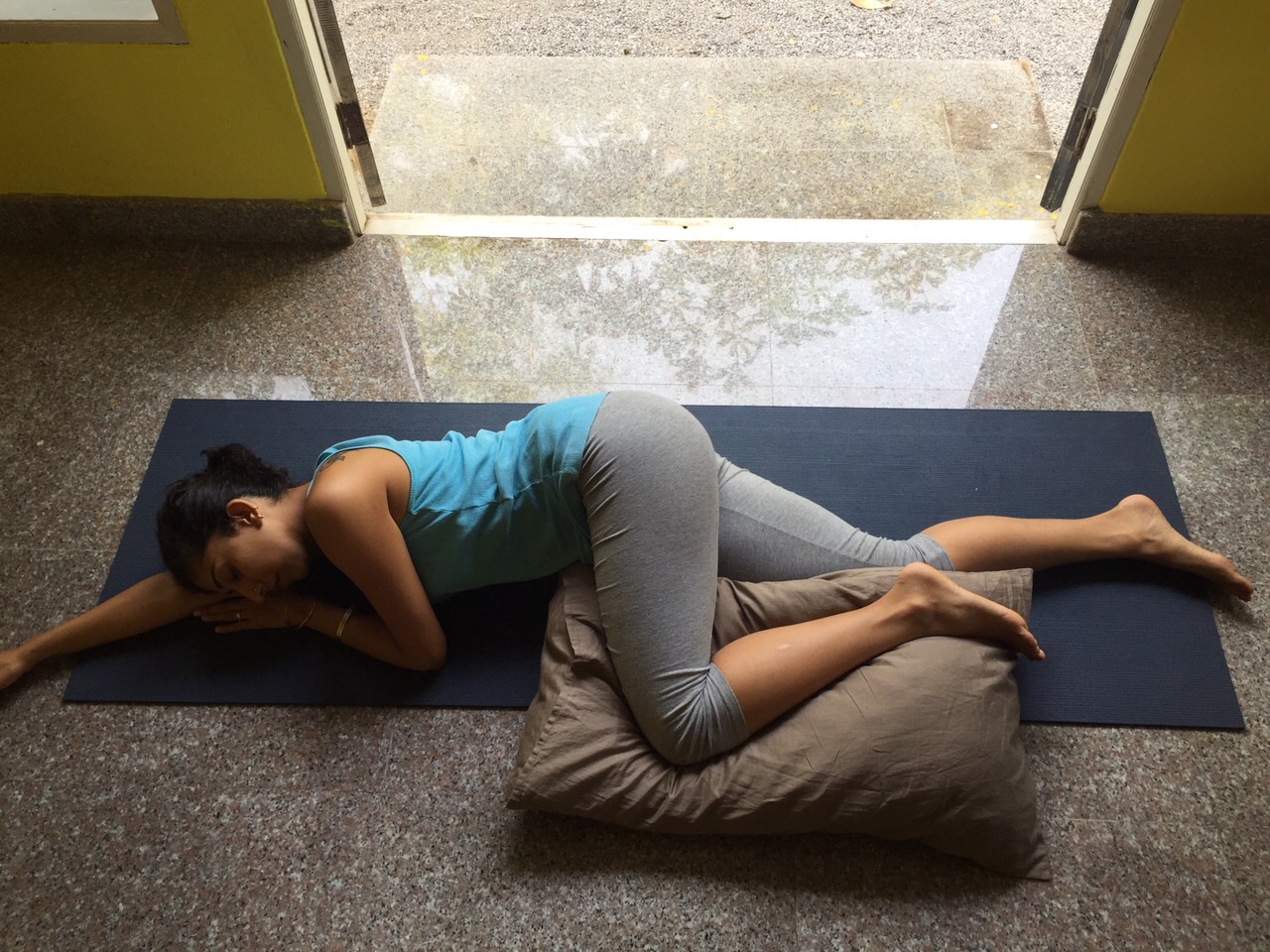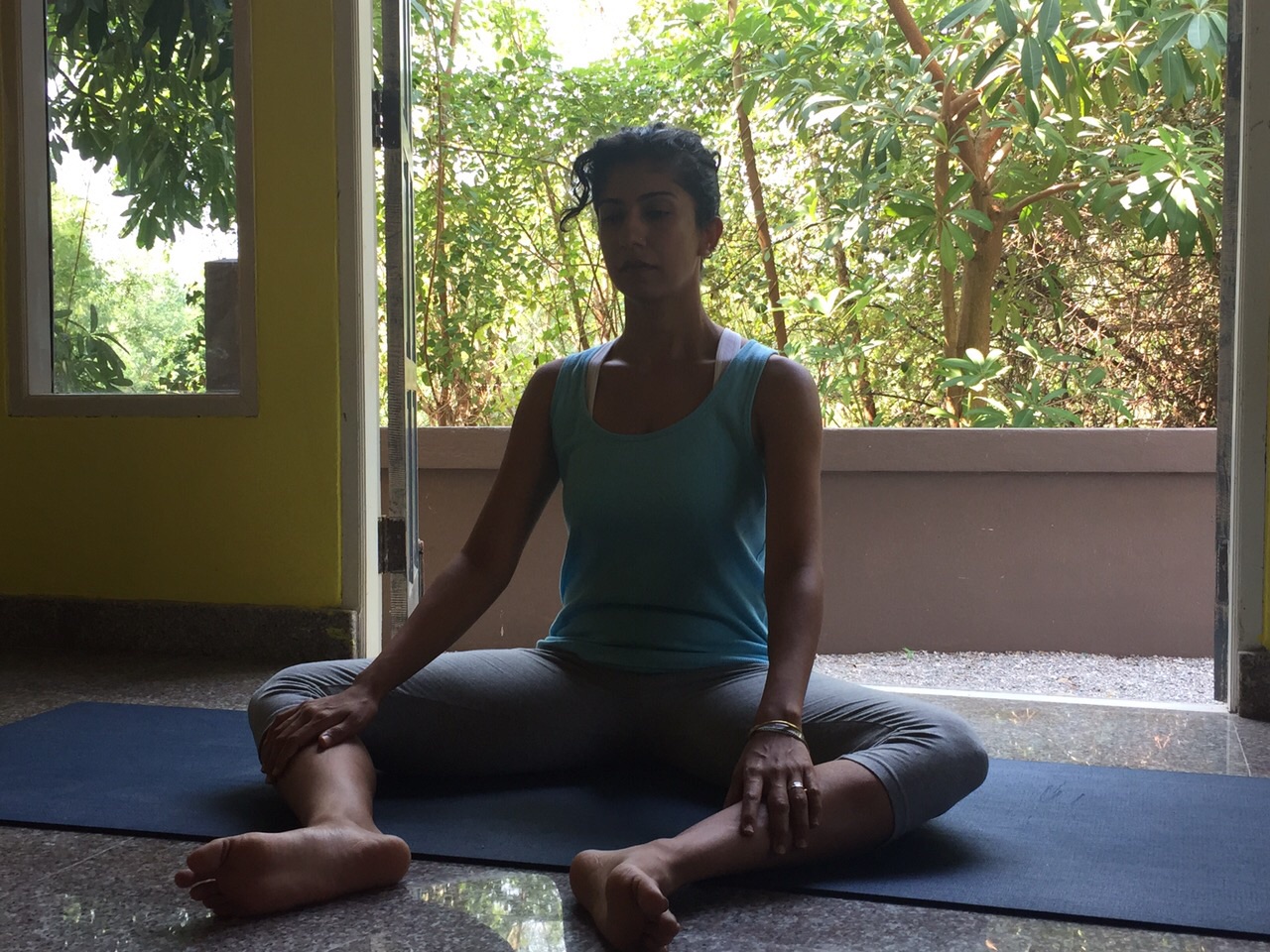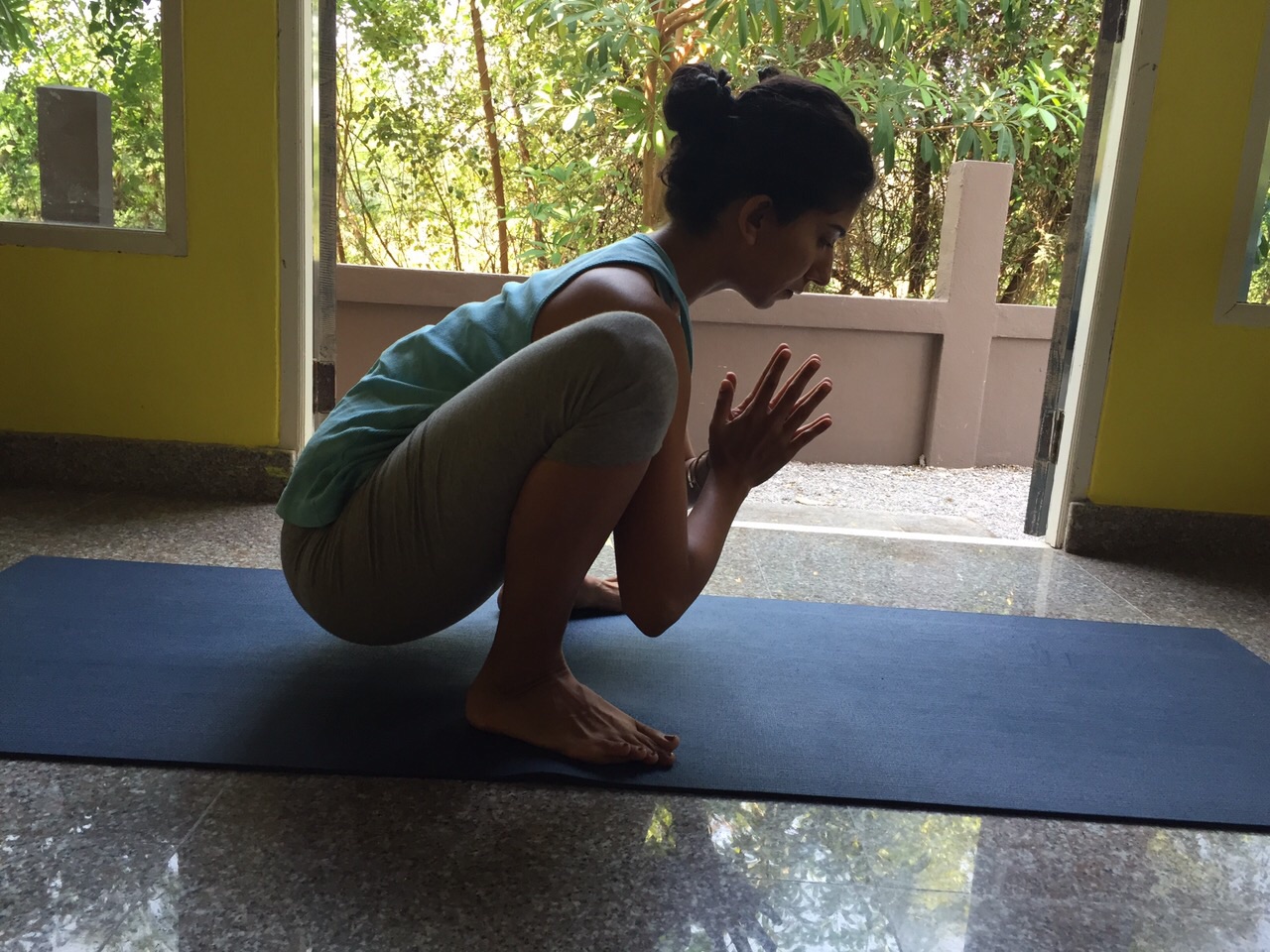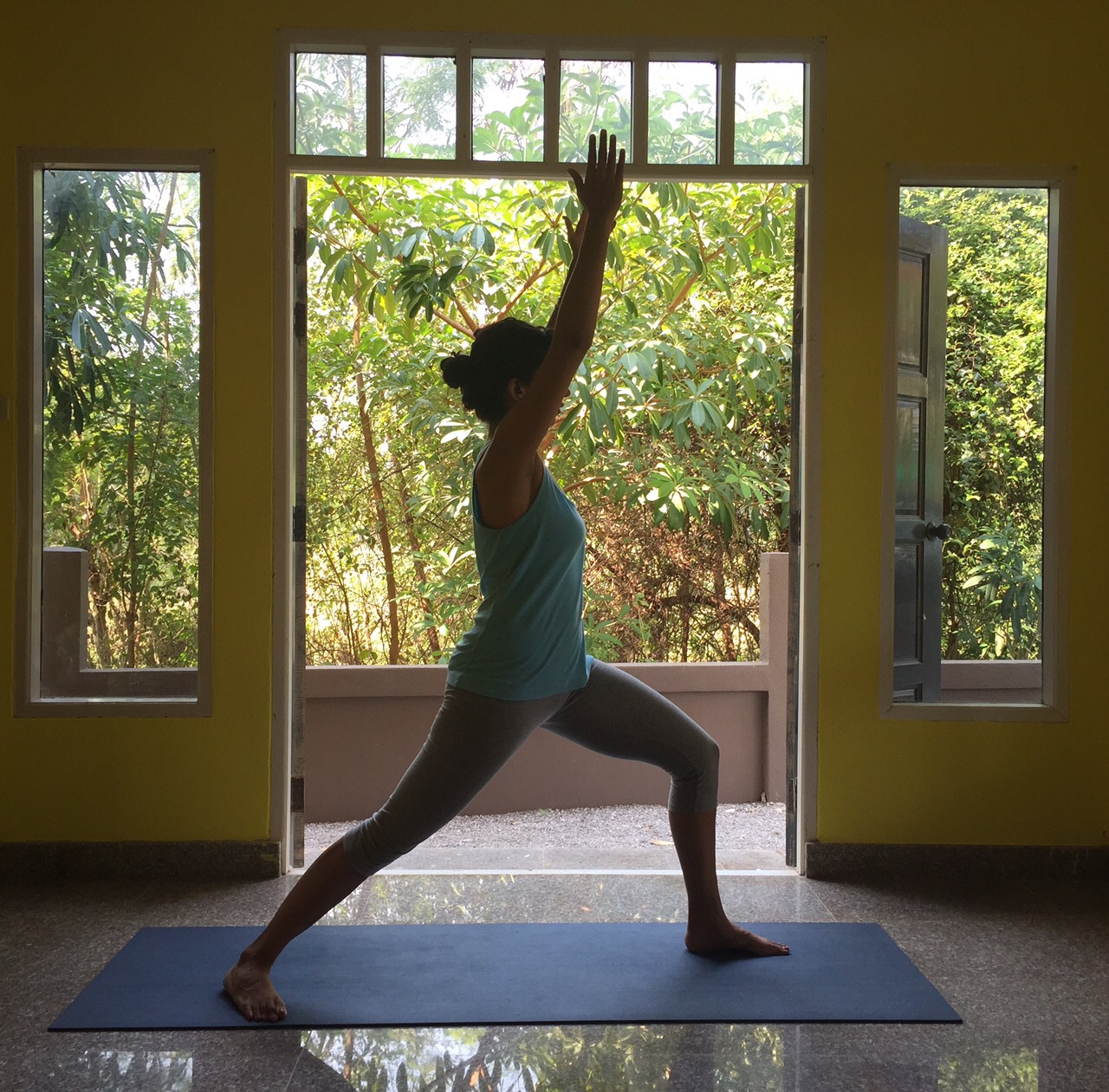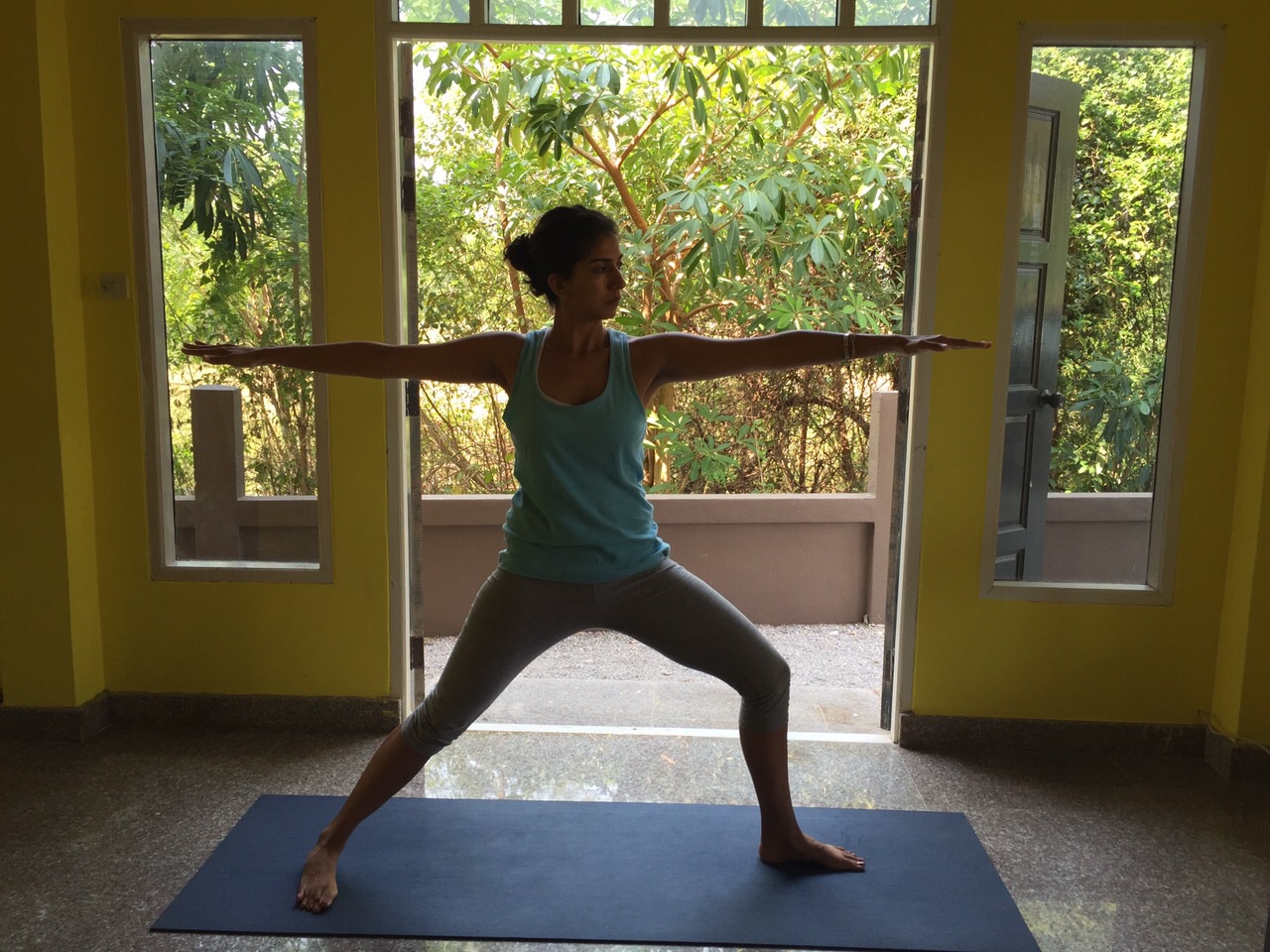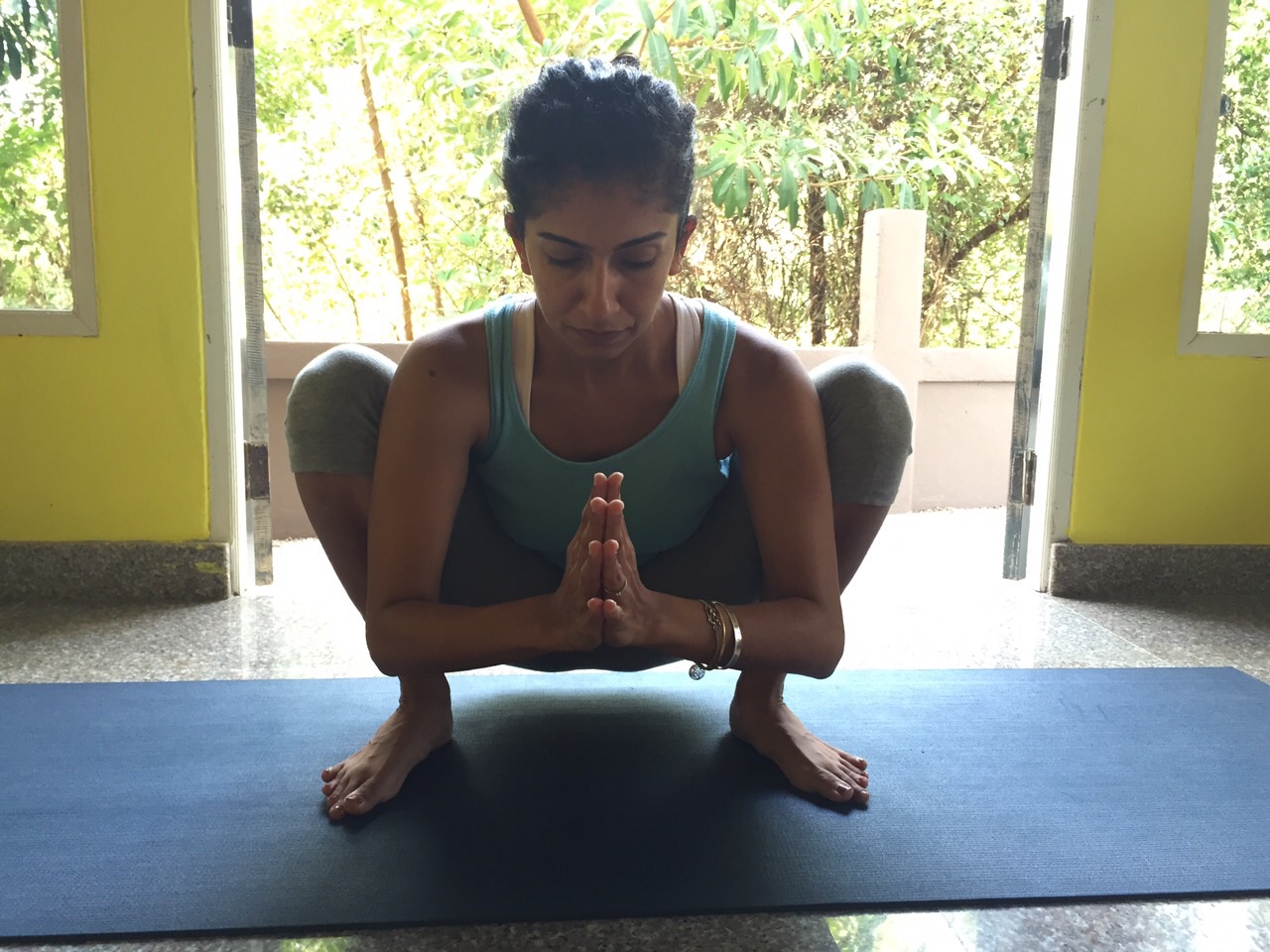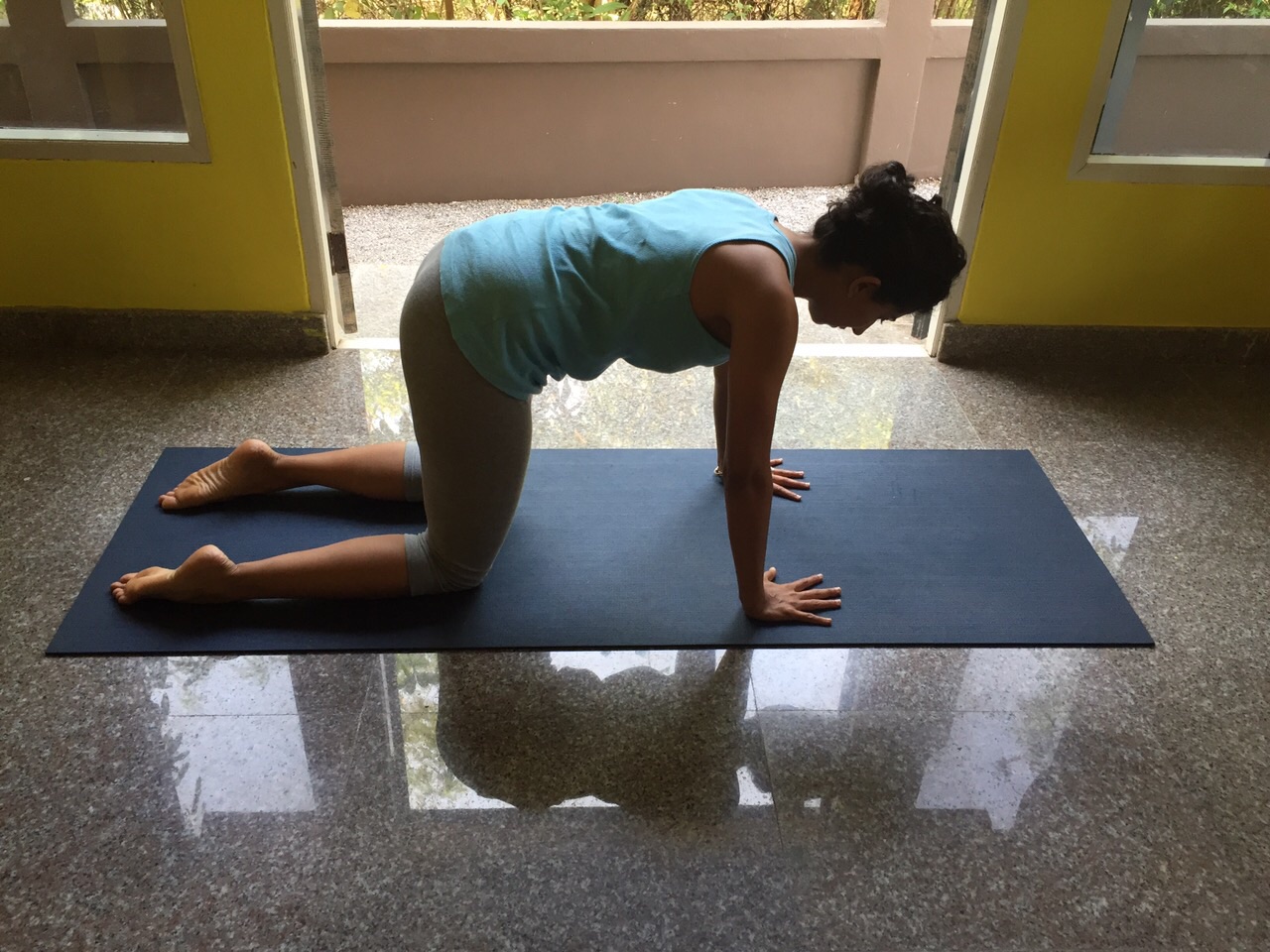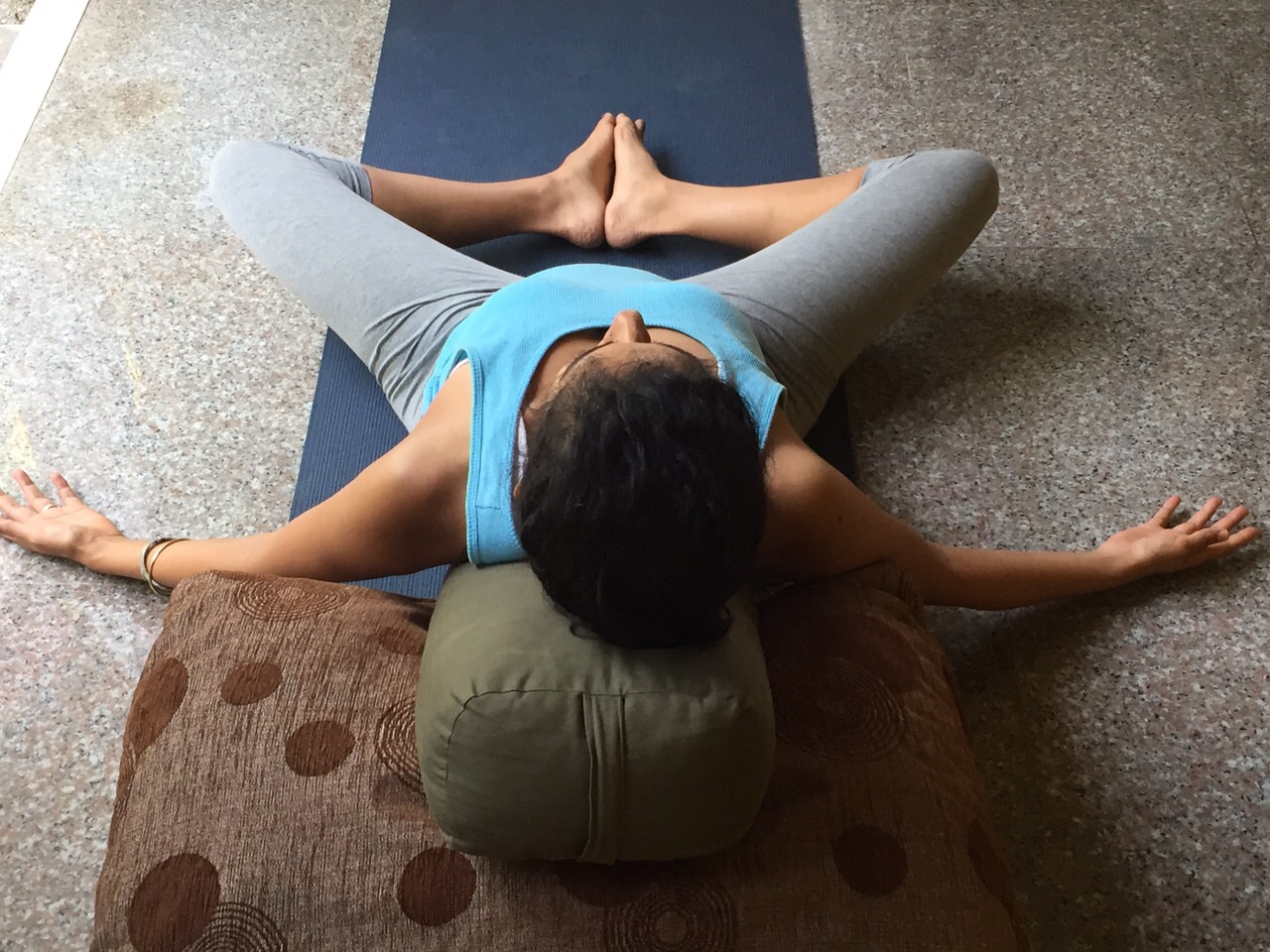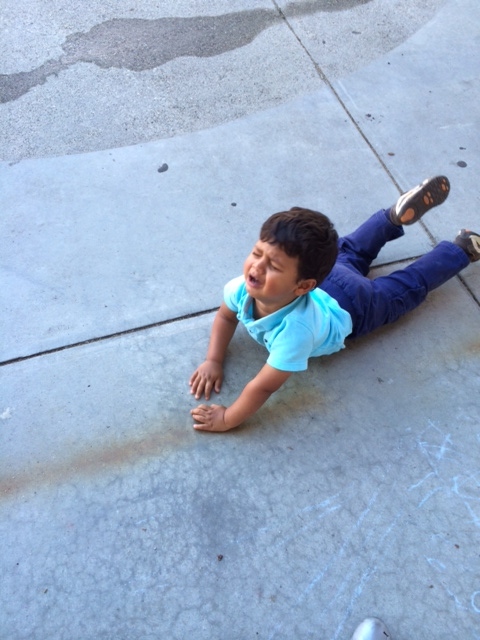Organically Practical
When I go home to visit my parents I eat mostly organic produce. In fact it’s so fresh that much of it comes from my mother’s vegetable patch outside. Craving broccoli soup today? Mom just picks them out of the soil and a delicious soup is served at lunch. Feel like a salad? Sweet cherry tomatoes from the garden mixed with fresh lettuce and globs of creamy goat cheese atop a wonderful bed of greenness magically appear on the table. This wonderful produce is devoured in a beautifully landscaped garden under the gorgeously warm sunshine. I end up eating twice as much at my parents’ than I do in San Francisco and I don’t gain any weight. I feel healthy and relaxed- the perfect mom; eating delicious organic meals and having my toddler try vegetables he would never have touched otherwise.
When I get home after this 4-5 weeks blissful trip every year reality hits hard. All of a sudden there are groceries to be done, meals to be prepared, my son is rejecting all things green, and my to do list is endless. The glow of the holiday quickly morphs into chaos and jetlag. Thankfully within a week most things are under control and I have time to put a little thought into my grocery list. My philosophy when I’m buying produce is to try and be healthy but also practical. This means buying organic whenever possible but when it’s not, picking the produce that is less likely to have the least number of pesticides.
There is a report called the EWG’s Shopper’s Guide to Pesticides and Produce which highlights the ‘Dirty Dozen;’ Twelve items that generally have high levels of pesticides when tested and the ‘Clean Fifteen,’ which have low levels.
For the most part I try to buy organic vegetables on the “Dirty Dozen” list and often buy non organic produce that are on the “Clean Fifteen.” Sometimes I will even buy a few nonorganic items on the “Dirty Dozen” list when I can’t make it to Trader Joe’s. As the report admits “the health benefits of a diet rich in fruits and vegetables outweigh risks of pesticide exposure.”
Here’s a list that will help you shop smarter and hopefully eat healthier. The EWG report draws from an extensive database of pesticide tests (32,000 samples) conducted by the U.S. Department of Agriculture and federal Food and Drug Administration.
The Dirty Dozen List –
- Apples
- Strawberries
- Grapes
- Celery
- Peaches
- Spinach
- Bell Peppers
- Nectarines
- Cucumbers
- Cherry Tomatoes
- Snap Peas
- Potatoes + Collard Greens/Kale +Hot Peppers (2 more were added to the list in 2014)
Clean Fifteen
- Avocado
- Sweet Corn
- Pineapples
- Cabbage
- Frozen Sweet Peas
- Onions
- Asparagus
- Mangos
- Papaya
- Kiwi
- Eggplant
- Grapefruit
- Cantelope
- Cauliflour
- Sweet Potatoes
Prenatal Yoga Poses
Prenatal Yoga Poses by Aisha Chapra Sander
As discussed in my previous article there are many benefits to a yoga practice that extend beyond the body. However, it is through the science of movement and breathing that we are able to access the multi layered benefits of a yoga practice.
For expecting women, I would suggest attending a yoga class or signing up for yoga videos with an established instructor online. At the same time, developing a home practice when planning to have a baby and once pregnant is also a very useful investment of your time.
Please do refer to your primary care physician before attempting any exercise routine, and when in doubt always err to the side of caution and safety rather than pushing through pain or discomfort.
IMPORTANT: DO NOT contract your abdominal muscles in any of these movements!
Prenatal routine up to the final trimester of your pregnancy.
1) Lying down on your back with your knees bent to do the Sipping Straw Breath.
Place hands on your rib cage and inhale from your mouth as if you are sipping air in from a straw. Feel your chest and ribs expand outwards towards the sides of the room (not just up towards the ceiling).
Pause at the top of the breath and when exhaling from the mouth make a hissing sound “sssssss” feeling your exhale contract your ribs and chest inwards. Do not contract your abdominal muscles.
Do 5 sets of this breath.
2) Lie on your side with or without pillow (s)
Spend up to 2 minutes lying in this position before slowly sitting up.
3) Cross legged seat (modify with open wide leg comfortable seat)
Take a moment to ground your sitting bones into the ground and feel your spine. Do 5 more rounds of the sipping straw breath.
4) Squat (if needed put hands on the ground for support). Make sure your heels stay on the ground, and widen your legs as much as you need for comfort. If not possible at all use a cushion to support your bum.
a. Build up to staying in the pose comfortably for up to 2 minutes.
b. Squat to Half way standing, then back down to the squat. Build up to 10 rounds.
5) Warrior I (right and left side)
Place your feet about 3-4 feet wide. Have your heels aligned or create more width in your stance by separating your legs.
Bring the front knee into a 90 degree angle over the ankle. Feel your front foot pressing into the ground and lift your arches. Feel your front hip go back and your back hip go forward to stabilize your pelvis. Bring your arms up towards the ceiling but keep your shoulders down, away from the ears.
Build up to staying in this pose for 1 minute.
Repeat on other leg.
6) Warrior II
Separate your legs 3-4 feet wide.
Bend front knee into a 90 degree with your ankle. Feel your front foot pressing into the ground and lift your arches.
Heel to heel alignment and open your pelvis. Feel as if your front knee is swinging out and someone is pushing it back, activating your leg muscles.
Your arms up in line with your shoulders, look at your hands and arms to make sure they are aligned and alert, but not tense!
7) Squat down to the ground
8) Come into table top and do Cat/Cow posture.
Align your wrists with your shoulders, spread your fingers wide and press your weight into the arms. Have a comfortable space between your knees to accommodate your stomach.
Curl your spine like a cat when you exhale and arch your spine into cow pose when you inhale.
Do 3-5 rounds slowly, with long even breaths.
9) Reclined Butterfly (Props needed: A long firm cushion, known as a bolster and more cushions/pillows to prop up the bolster in an angle.)
Position the bolster in an angle that is comfortable for you to lie on and bring your legs in butterfly position (soles of the feet together)
Use eye pillows, blankets, more cushions for under your knees to make yourself as comfortable as you like, especially as you move along to the third trimester. Spend up to 7 minutes maximum (please put a timer because it is an easy pose to doze off in) .
Come out of the posture and lie on your side with or without pillow in between your legs.
The “Terrific” Twos and Tantrums
My son Zain was a pretty easy baby his first year. I would take him to play groups, meet friends, and for the most part he would smile, play, and allow me to enjoy the company of other mothers. At 18 months there was a transformation. All of a sudden there were melt downs, tantrums, frustration, exertions of independence, along with a myriad of other exhausting exhibitions of behavior, and they are continuing into his second year. He’s not a terror by any means he’s just entered the terrible/terrific twos depending if you’re a glass half full or glass half empty kind of person. When I heard that a child consultant named Sylvia Ford was coming to his preschool to discuss tactics to navigate through this fascinating but often tumultuous year, I seized the opportunity to interview her.
Sylvia Ford has 37 years of experience in the field. She was a preschool teacher for ten years, has a masters in education, and is currently an expert that teaches both preschool teachers and parents of preschool age children.
TANTRUMS
Should you allow your child to have a tantrum and get it out of their system of actively set boundaries?
Both. Give them space to be who they are but also know that it’s time to put in boundaries and limits and expect a lot of pushback! They do this because they become more cognisant about what they can do and very curious about what they’ve made you do (reaction). They are copying and mimicking behavior and they don’t understand that some things are dangerous and that there are limits. They get very upset because they don’t understand why we have to restrict them.
What are some specific things parents can do when the child is misbehaving?
I think that people waste way too much time thinking that they’re going to change their child’s behavior by explaining. I know we have to explain briefly, and simply, and repetitively. Kids need consistency in the words you use and certain actions.
Example – Telling your Child to Move away from the DVD player
Don’t waste time with lengthy explanations
If you’re telling your child to move away from the DVD player half of the problem is because you can’t move it. Telling that child why at two years old adds more excitement to the whole thing. You come over, you start explaining, you engage with him and he wants to do it again. He does it again and sees I’m upset. They see that being upset is part of a pattern and kids operate on patterns. Their brains follow repetitive patterns of actions (so they will continue to do the same thing because they will get the same reaction every time even if it means you’re upset).
Physically move them away from the device (Actions speak louder than words).
Physically move your child away from the device. This helps to lay down the neuro network for your saying to move away. It’ not safe to be over there. (or whatever mantra you choose). Over time as they grow older and they understand they follow those behaviors because you’ve created a pattern. You should always look at everything as a pattern. Look at what you’re doing and what takes place afterwards to identify the pattern. You can then work to derail the pattern. Again do not provide lengthy explanations but know that some explanation is needed that is brief and repetitive and that actions speak much louder than words. We have to set limits because toddlers won’t feel safe otherwise. Psychologically they need to know that you will change things if you really need to.
When do you have permission to be authoritarian in setting limits?
Safety of someone’s feelings even your own
Safety for any person’s body even your own
Safety for any property being damaged
Those 3 situations give parents complete permission to be authoritarian which means this isn’t going to happen and you may not give any explanation if it doesn’t help.
Many 2 year olds bite, scratch, and/or hit others. How do you prevent this?
Being preemptive and not using the word “No” too much?
A lot of time we say “no” way too much. Instead walk over there very quickly and try to separate them and say “thank you.” If you can get there before the bite and separate them that’s the best case. The more you can get there before the incident, the more you lay down the neuro networks for not doing things like biting. Then you train them not to do it.
Dealing with the “Biter” once they have already bitten a child
If you say “no biting” they’re already charged up; fight or flight has already been activated once they’ve bitten that child. If you go in with a big strong “No” it doesn’t work. You should take the bitten child away first so the child can see the person gets cared for and also understand that the biter is feeling very weird. You don’t want to leave the biter feeling like that. Hold him in your arms and let him watch the other child being taken care of. Make sure you separate the children for at least 20-30 minutes before putting them back together. When you do bring them together again, take the biter’s hand and touch the victim on the shoulder and speak for the biter “are you alright?” That’s showing them how to say they’re sorry without us telling them “say you’re sorry.” Kids resent being made to say they’re sorry. If we say words to show empathy, sympathy then the child learns to internalize it. Psychologically they’re much more willing to say “are you alright” or “are you feeling better?”
Addressing a child that lashes out by hitting his parents
Don’t let your child hit you because if you let them then you’re teaching them that they can let other people hit them. Grab their wrists ‘Instead of saying no” which they won’t pay attention to say “Thank you. Hands down Please.” In a firm and authoritative voice and they see that you’re not happy from your expression but they won’t react to the “No.” Later when you do this repetitively. “We are not going to hit.” It’s because you’re doing it secondarily so it will be more effective.
So for all of you who are having to deal with exhausting tantrums I hope this advice helps and if not try to remember all the cute moments in between and the saying “this too shall pass!”






